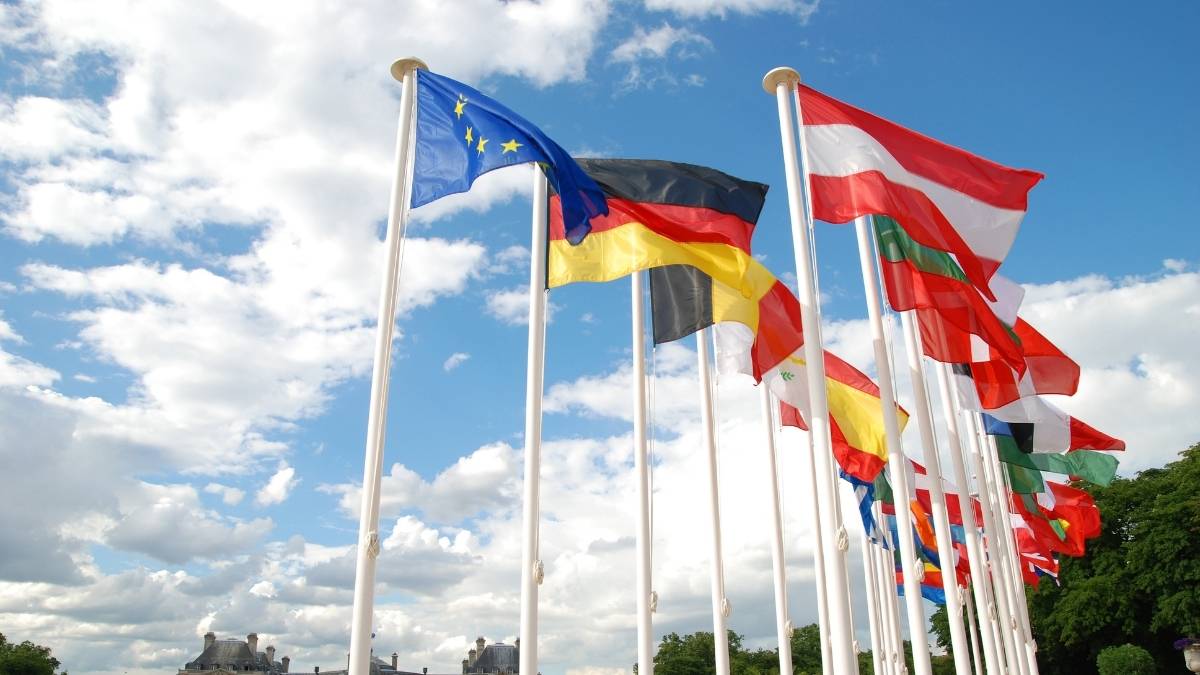Since Christmas, most of Europe, including Ireland, has been battling the third wave of the COVID-19 pandemic. Ireland went from having the lowest number of cases and incidence rate in Europe to having the worst incidence rate in the world. It has had devastating effects on every country between surges in cases, increased hospitalisations and an increase of deaths. The delivery and administration of the COVID-19 vaccines couldn’t have come at a better time to help slow the rate of infection and give us all some hope for the future.
While we all hear of the countries worst affected by COVID-19, which countries in Europe are doing the best?
Croatia
Croatia has one of the lowest incidence rates per 100,000 in Europe, at just 111.97. Comparatively, Ireland stands at 231.43.
On the 1st of March, an online platform where Croatian residents could register for the COVID-19 vaccine. In just over 24hours, over 30,000 people had applied. Croatia has a population of just over 4 million and has vaccinated roughly 154,000 of its population so far.
Greece
In Greece, the incidence rate is slightly higher than in Croatia, though well below the EU average. Greece’s COVID-19 incidence rate is currently 147.93 per 100k. Their lockdown has been extended as the new variants have caused a spike in cases in some European countries. The new lockdown is due to last until the 16th of March.
To date, Greece has administered over 957,000 COVID-19 vaccines with nearly 340,000 people fully vaccinated. For those who have received both doses, they can download a vaccination certificate. Greece is the first country so far to issue digital vaccination certifications for COVID-19.
Cyprus
With just over 1million people, Cyprus has managed to keep its COVID-19 cases quite low with an incidence rate of 169.03 and less than 230 deaths since the beginning of the pandemic.
To date, Cyprus has administered over 76,176 COVID-19 vaccines with nearly 22,559 people fully vaccinated. The Cypriot government aim to have 25% of their population vaccinated by the end of March and 50% by the beginning of June.
As vaccines become more available, most European countries hope to have the majority of their adult population vaccinated by the summer, or at the latest, early autumn. Once the delivery of the vaccination programmes across Europe increases, the rates of infection should steadily decrease and borders should begin to open up once more.




